In which Rebecca takes another look at the writing on the wall in a revised edition of a story she first published in 2023.
Dear Reader,
History reveals itself everywhere: it’s as old as the world, with an immeasurable future to come. Over time we find that even everyday things have earned the right to a closer look.
My visit to a fourteenth-century castle in 2023 had me wondering whether instances of vandalism might represent our social history of the future.
Graffiti, in British English
(ɡræˈfiːtiː)
Plural noun
Word forms: singular -to (-təʊ)
1. (sometimes with singular verb)
Drawings, messages, etc, often obscene, scribbled on the walls of public lavatories, advertising posters, etc
2. archaeology
Inscriptions or drawings scratched or carved onto a surface, esp rock or pottery
People have been making their mark on structures in their environment for millennia. Where in the distant past rocks and cave walls were the canvas, as our surroundings developed to become more diverse, so too did the graffitists’ substrate, with bricks, stone pillars, subway trains and motorway bridges all taking their turn as subjects for their attention.
I’m not talking about art here – those spray-painted spaces of self-expression which are ubiquitous in our towns and cities – but about what we as children used to call the ‘I woz ‘eres’.

Adding words to the landscape – setting ourselves in stone to leave proof of life for posterity – is not something I choose to do for myself, no. But I nevertheless take pleasure in seeing these dubious gifts from those who have gone before – if only to take the opportunity to engage with their world.
❤️ A declaration of love
AF and HM are together in the same heart. I’d love to think that these two are still happy together.
Hang on, though…
AF’s been BUSY! AF is now sharing rock space – and a heart – with KP, and is even keeping some options open beneath that inscription, scratching AF once more and leaving a blank space to, what, fill in later?
AF, you should be ashamed of yourself.
Going back in time
I loved this use of Roman numerals. Hello, 1979!
And I found examples of ‘I woz ‘eres’ everywhere I turned:
E. Burgess had made his or her mark on this impressive arch well over a hundred years ago, and – landing himself firmly in the category ‘I woz ‘ere’ in war year 1943 – so had PvT A.E.Y. from the USA. He – and I’m assuming this soldier had been a he – took trouble to add the dots between his initials. I wondered whether he’d used an awl, a screw, or even a drill. Whatever the tool, he scores points for consistency in both size and depth.
Early in my visit I had heard a distant voice coming from the top of a spiral staircase high above me. ‘R J Buckland obviously ran out of time!’ was immediately followed by laughter. I’d looked up to see a man leaning over a steel barrier. ‘Look!’ he was telling his companions.
I climbed up to have a look for myself, and yes, the chap may have been right. The second half of the name ‘Buckland’ had become so progressively shallow that the D was almost illegible – so perhaps Buckland had been tired.
What was more interesting to me, though, was that the name had later been bisected by the safety barrier which was clearly very much younger than the graffito.
I had no idea where R J Buckland was now, but I could sense his indignation. The presence of the name he’d left for us to discover had not swayed the installation of modern infrastructure; in fact, all over the castle, additions in the name of health and safety could be seen chopping even decades-old specimens of graffiti in half.
And in other places, too, repairs to the castle’s ancient stonework had split, concealed or even removed parts of some marks that had been left for posterity.
Even more obvious repairs had been made to the castle over the years, with some stonework even plastered and painted.

Yet on the stonework itself, the vast majority of graffiti had been incised, not drawn, with huge diversity of depth. Some examples were remarkably deep, but some just mere scratches, where whatever tool that had been used had only just engaged with the stone surface.
Finding my initials
Two RWs in the same area made me wonder whether they had been carved by the same individual perhaps years apart; as a child (lower left), then as an adult (upper right).
I wondered about RW. You see, until I married, I had always been RW.
And as RW I had been immortalised on a wall, in fact on an annual basis. Every summer, Grandpa would stand us against the painted render of his garage wall and carefully mark our heights with a pencil. On our visit the following year we’d be measured again, and by then those pencil marks of the preceding summer would have been painted to give them permanence, with the date alongside.
My brother and I had loved to compare our marks from one year to the next, impressing each other and ourselves by how much we had grown. Reader, I like to think that that record of our heights over so many years is still on the wall of that garage.
When commonplace becomes historically significant
Just as cobwebs and dust can veil an old artwork, we might find the effects of time and erosion lessening the impact of a new graffito. Yet time can add to it a new significance; coming across historic examples of graffiti affords us fascinating insight into social history.
In Chapter VI of my favourite book, ‘Three Men in a Boat’ written by Jerome K. Jerome in 1888, the narrator introduces his ‘Musings on antiquity’.
Why, all our art treasures of to-day are only the dug-up commonplaces of three or four hundred years ago. I wonder if there is real intrinsic beauty in the old soup-plates, beer-mugs, and candle-snuffers that we prize so now, or if it is only the halo of age glowing around them that gives them their charms in our eyes. The “old blue” that we hang about our walls as ornaments were the common every-day household utensils of a few centuries ago; and the pink shepherds and the yellow shepherdesses that we hand round now for all our friends to gush over, and pretend they understand, were the unvalued mantel-ornaments that the mother of the eighteenth century would have given the baby to suck when he cried.
Will it be the same in the future? Will the prized treasures of to-day always be the cheap trifles of the day before?
To use Jerome’s term, today’s commonplaces – the cheap trifles – of twenty-first century graffiti scratched into the stone walls of an important historical site might just yet become tomorrow’s prized treasures of social history.
I don’t see the predisposition for people to make their mark ever waning: it seems that the need to scrawl ‘I woz ‘ere’ or its equivalents on an ancient monument still overwhelms some members of our society.
Although I am not condoning the act of making it, I find graffiti a compelling illustration of social history. How things are viewed over time is subject to change, and perhaps the words that are scratched into walls today will themselves fascinate those who follow tomorrow.
Love,
Rebecca
If you’ve enjoyed this post, please let me know by clicking the heart. Thank you!
Missed last Saturday’s post? You can have a giggle about the egg-and-spoon race at school Sports Day involving potatoes, and how my skirt and I parted company halfway down the 100m running track here.
Returning readers of ‘Dear Reader, I’m Lost' will know that I have an ongoing writing relationship with Terry Freedman of Eclecticism: Reflections on literature, writing and life in the form of regular, light-hearted correspondence. It’s my turn to reply to him next time.
Thank you for reading! If you enjoy ‘Dear Reader, I’m lost’, please share and subscribe for free.

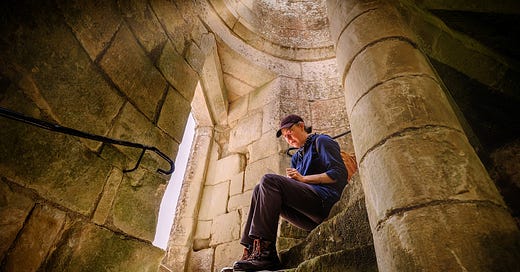





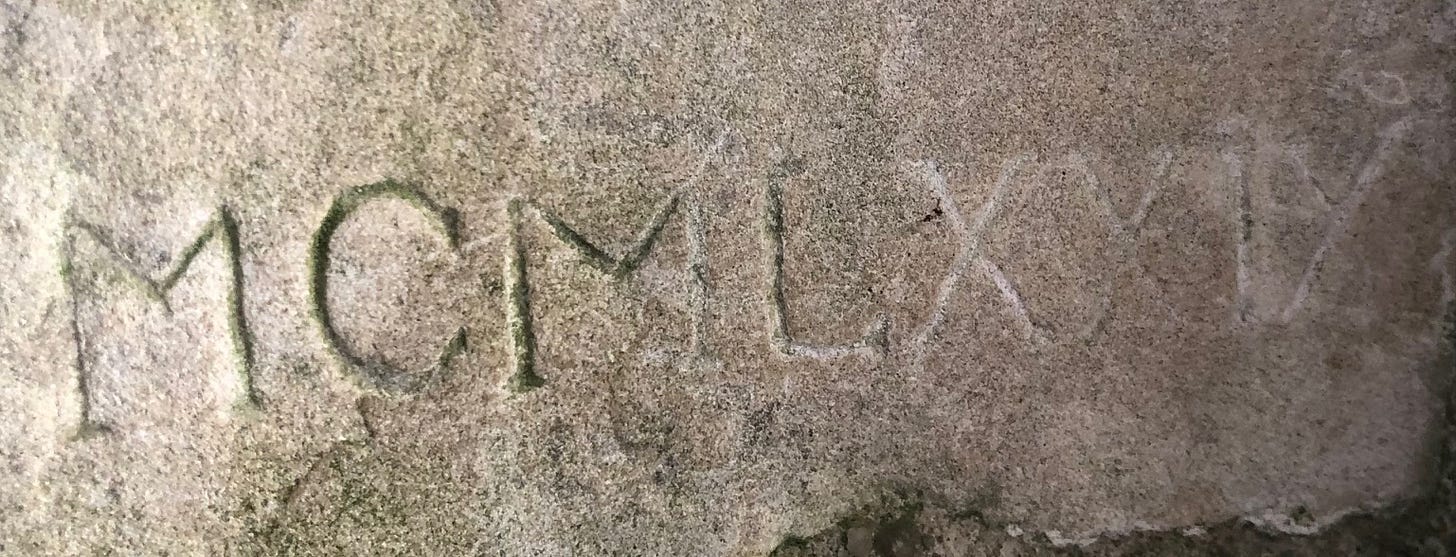
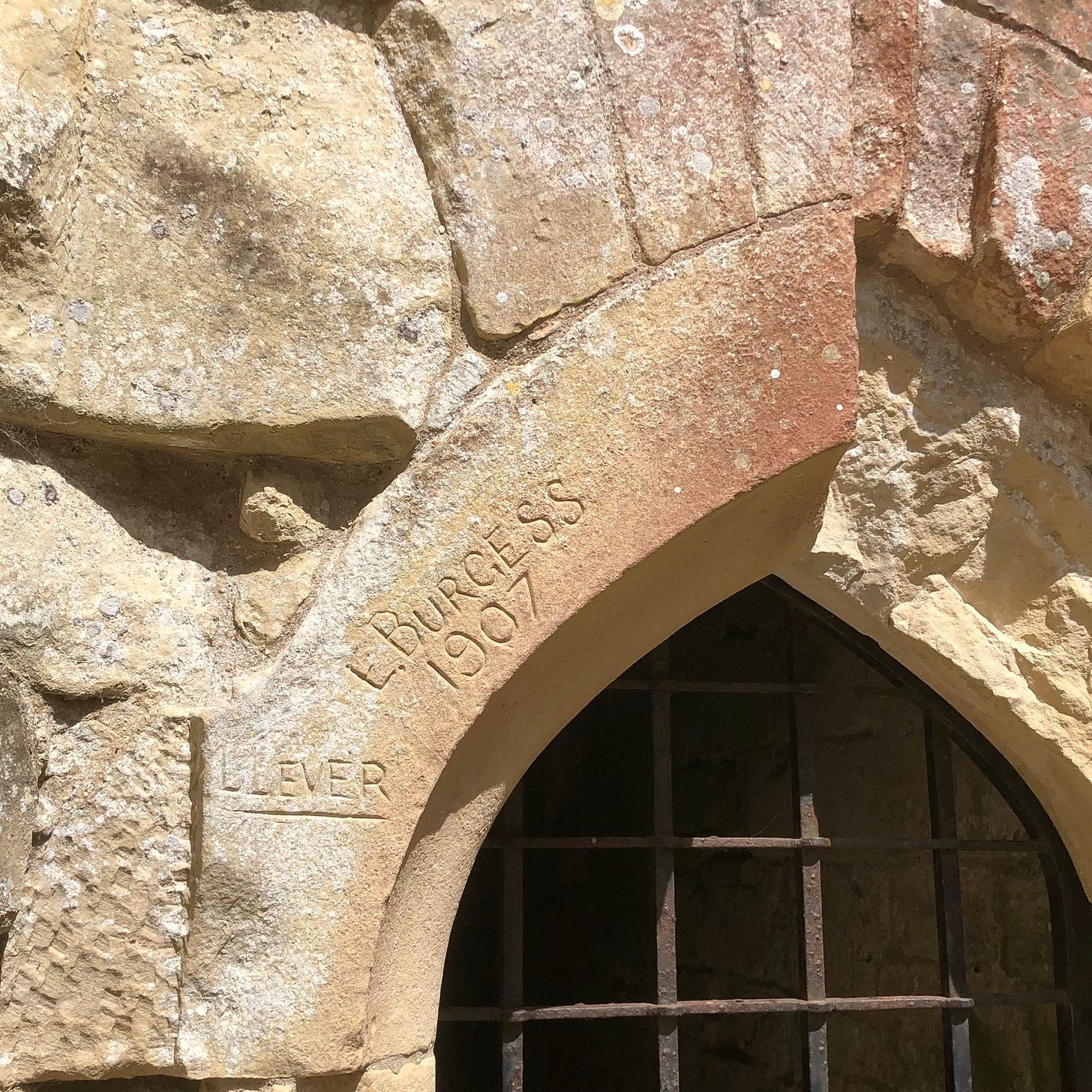


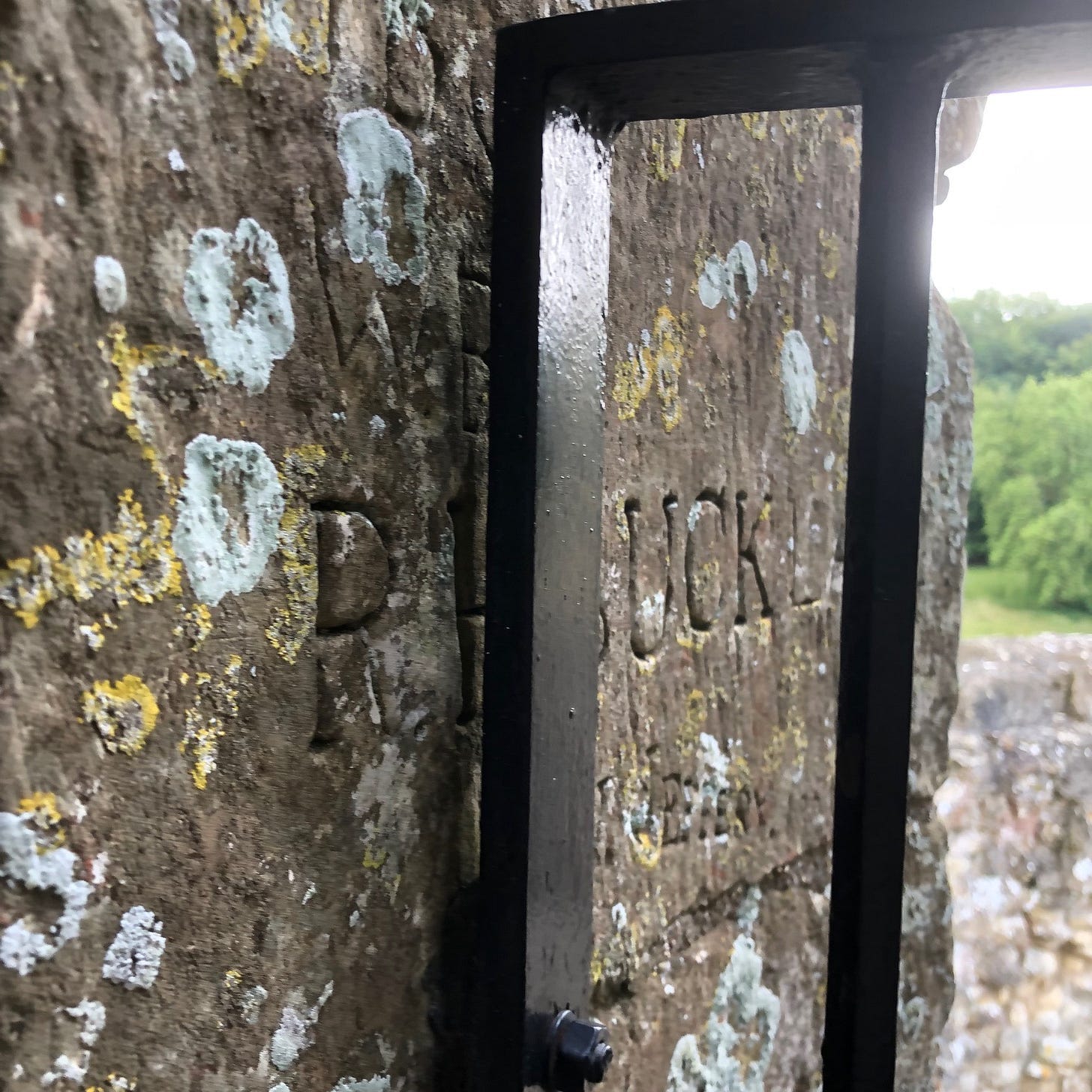
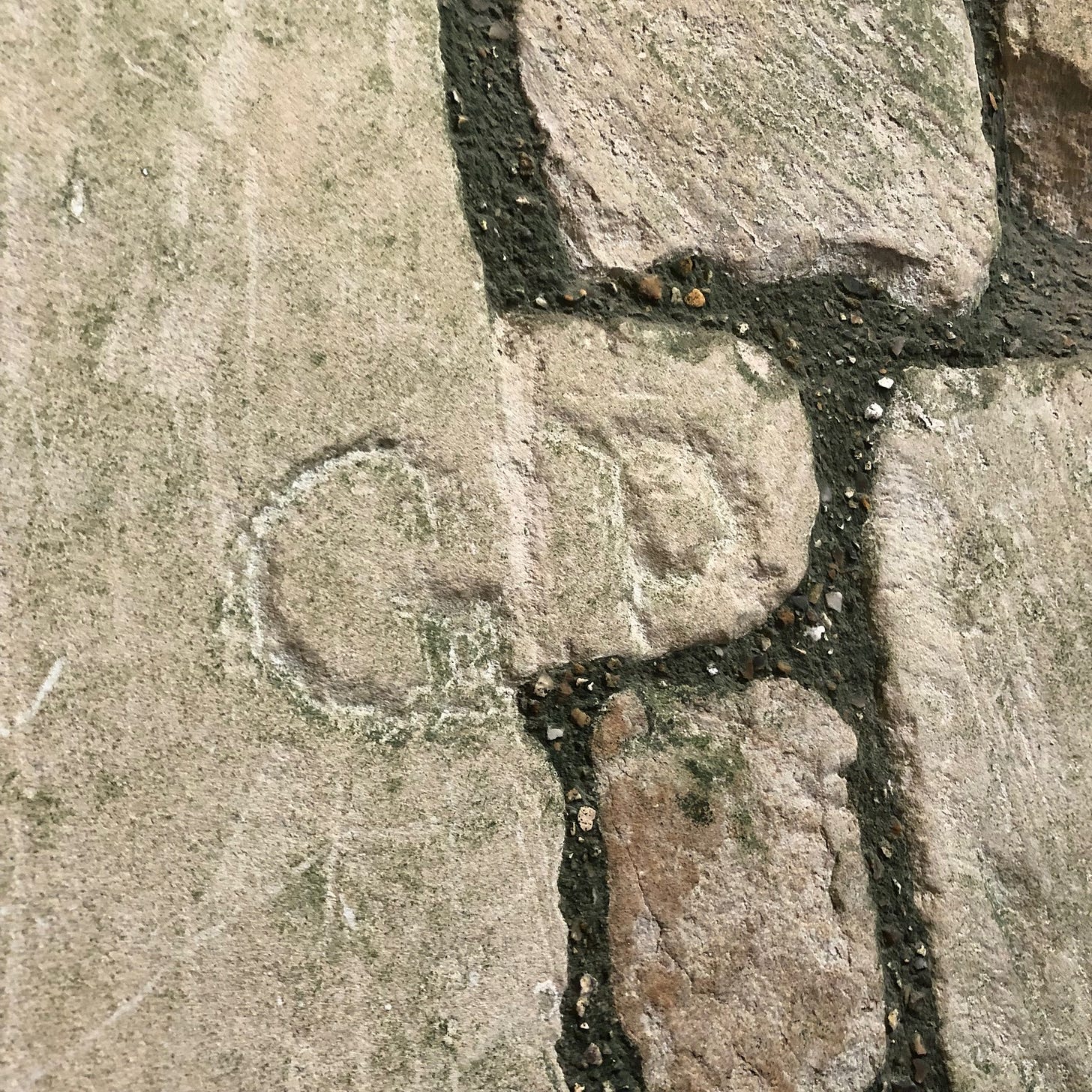
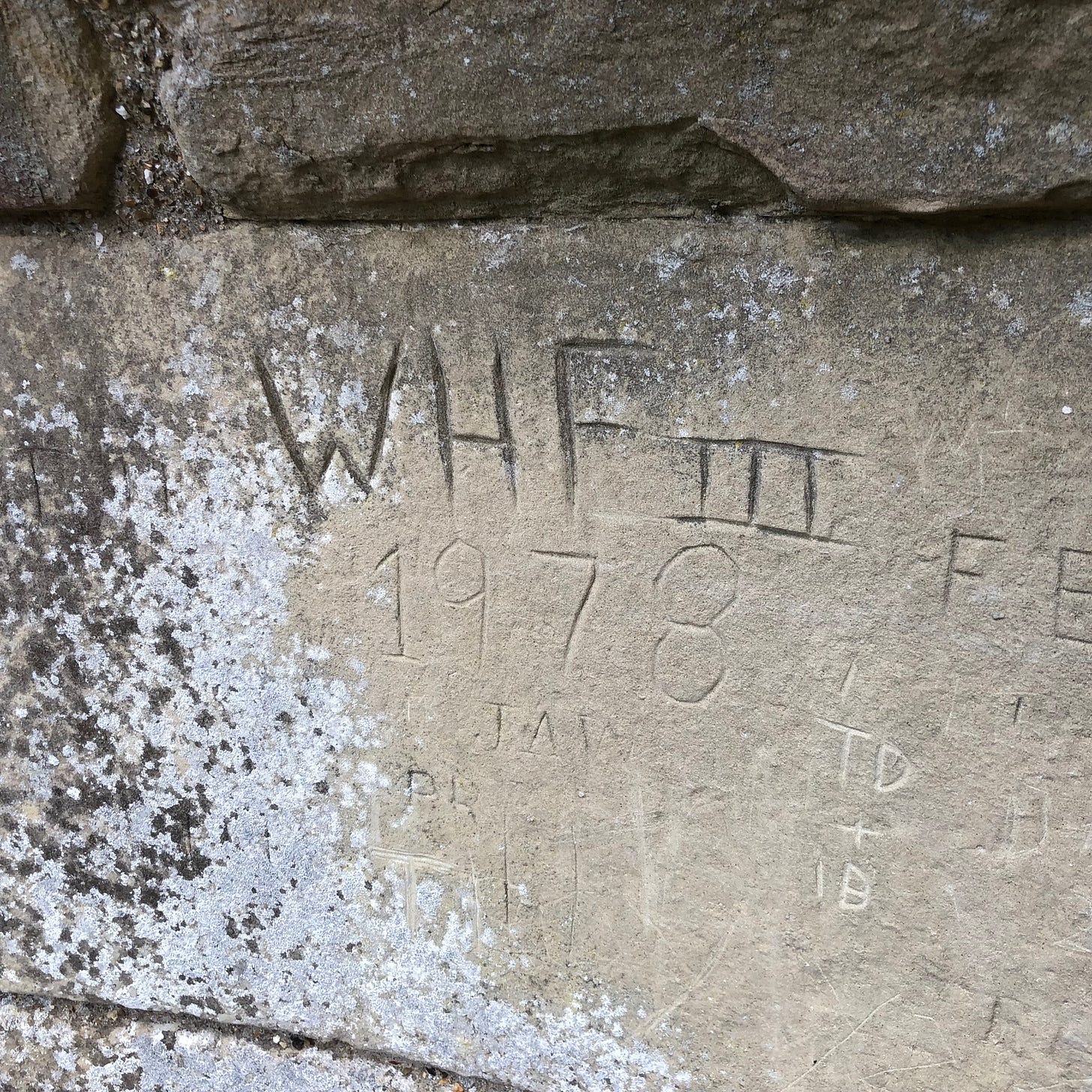
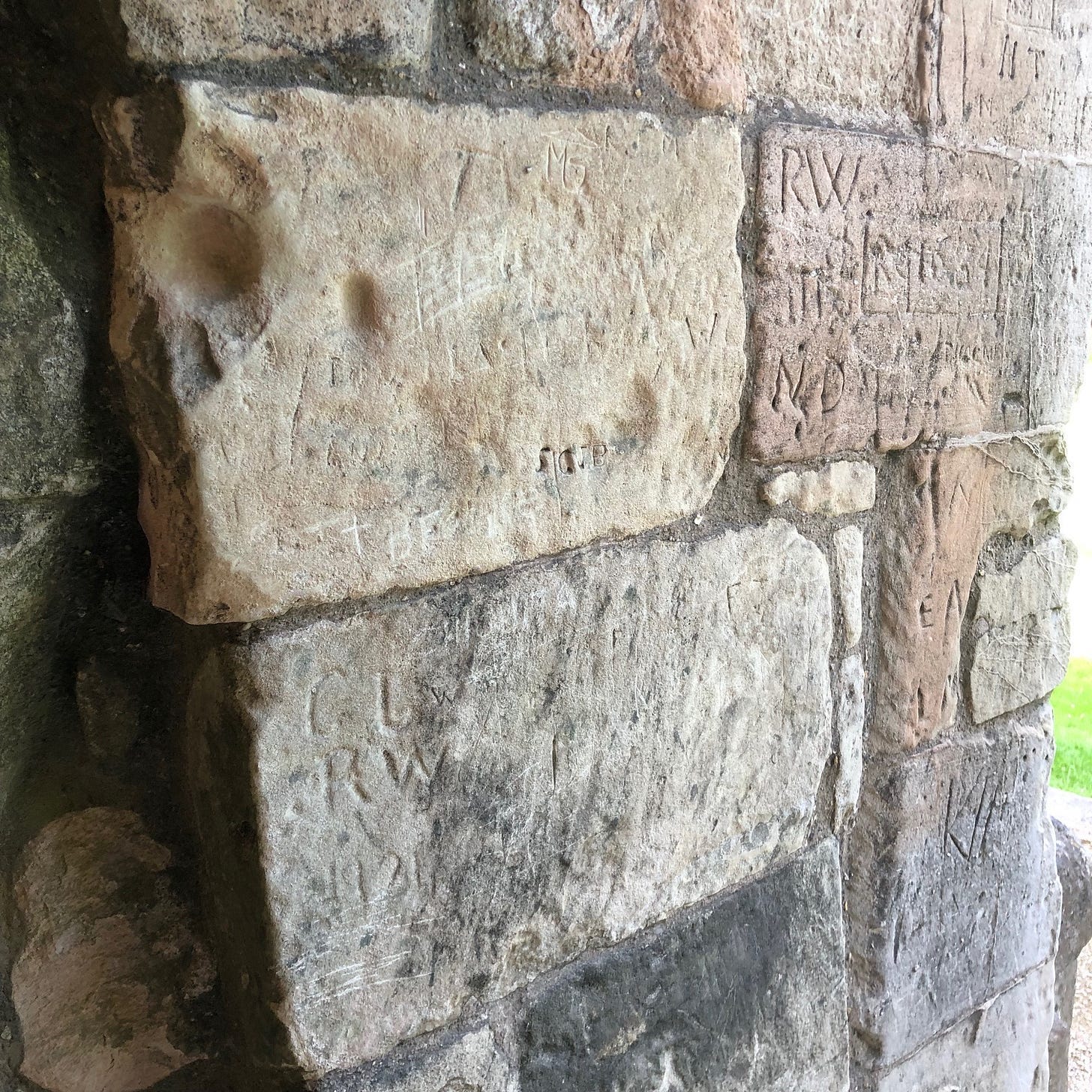
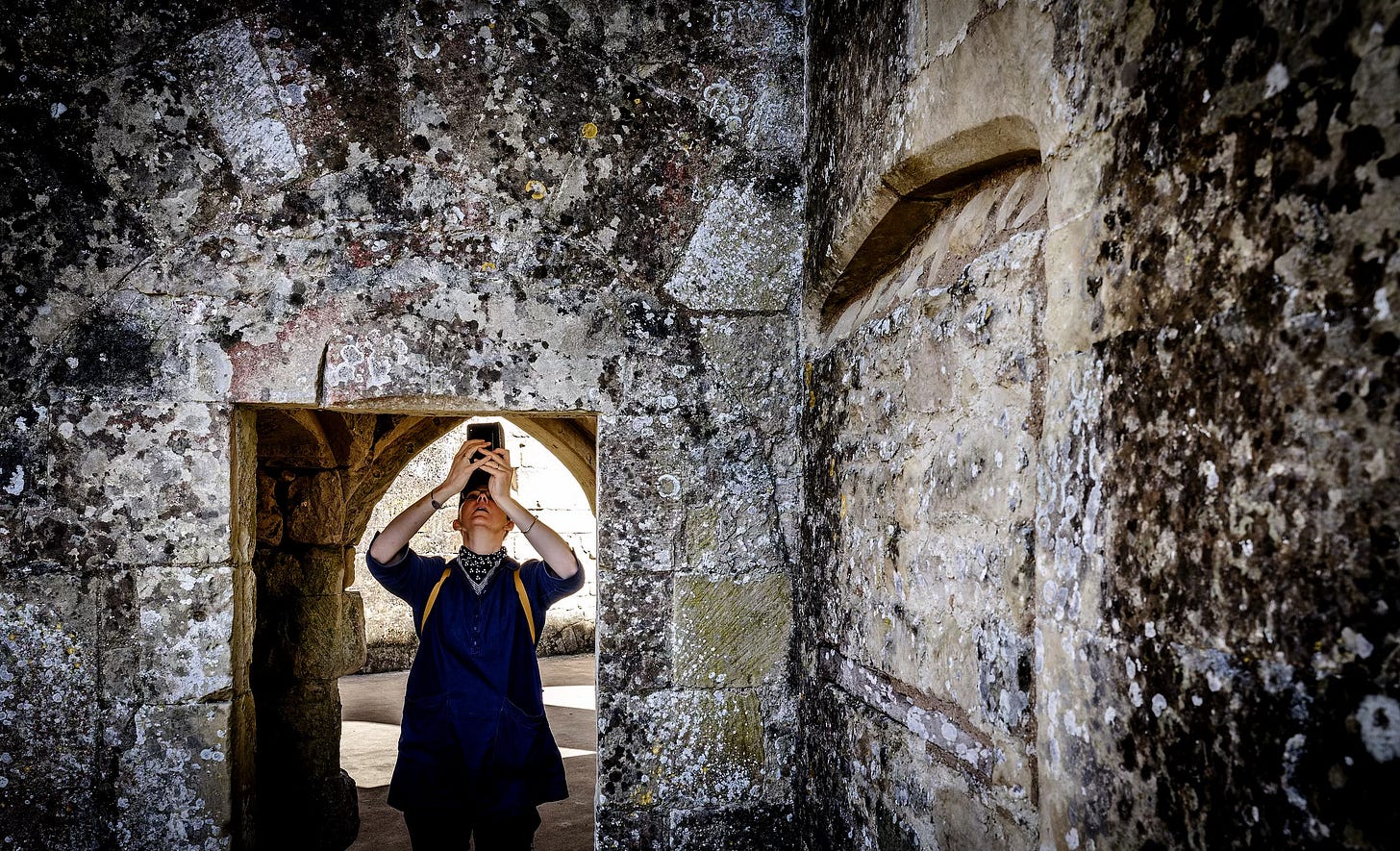

We moved into our Pennsylvania house when our boys were four and six, so I marked their heights on the trim of their closet on their birthdays. Both of them soared to 6’+ by the time they left for college, so there were a lot of marks—including when they eclipsed my 5’11”. When we were a few days from leaving that house to move west, I had a panic moment: We couldn’t leave that height record behind! So I called a carpenter who carefully cut out that strip of wood and replaced it, caulking over the gaps and repainting. The new owners never complained, and the scrap made its way into our new home in Colorado. Whew. Graffito history preserved!
I love your philosophy here, Rebecca. Seeing graffiti in the positive light, as recordings for the consideration of future generations, rather than malicious effacement. If only all of us could look for the good ( in everything) rather than constantly lamenting the bad! Life would be so much more enjoyable. Not an easy thing to do, I fear. Good for you!